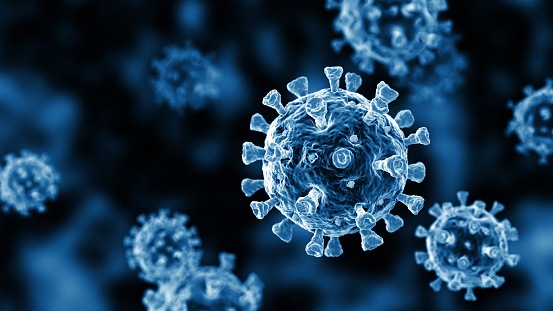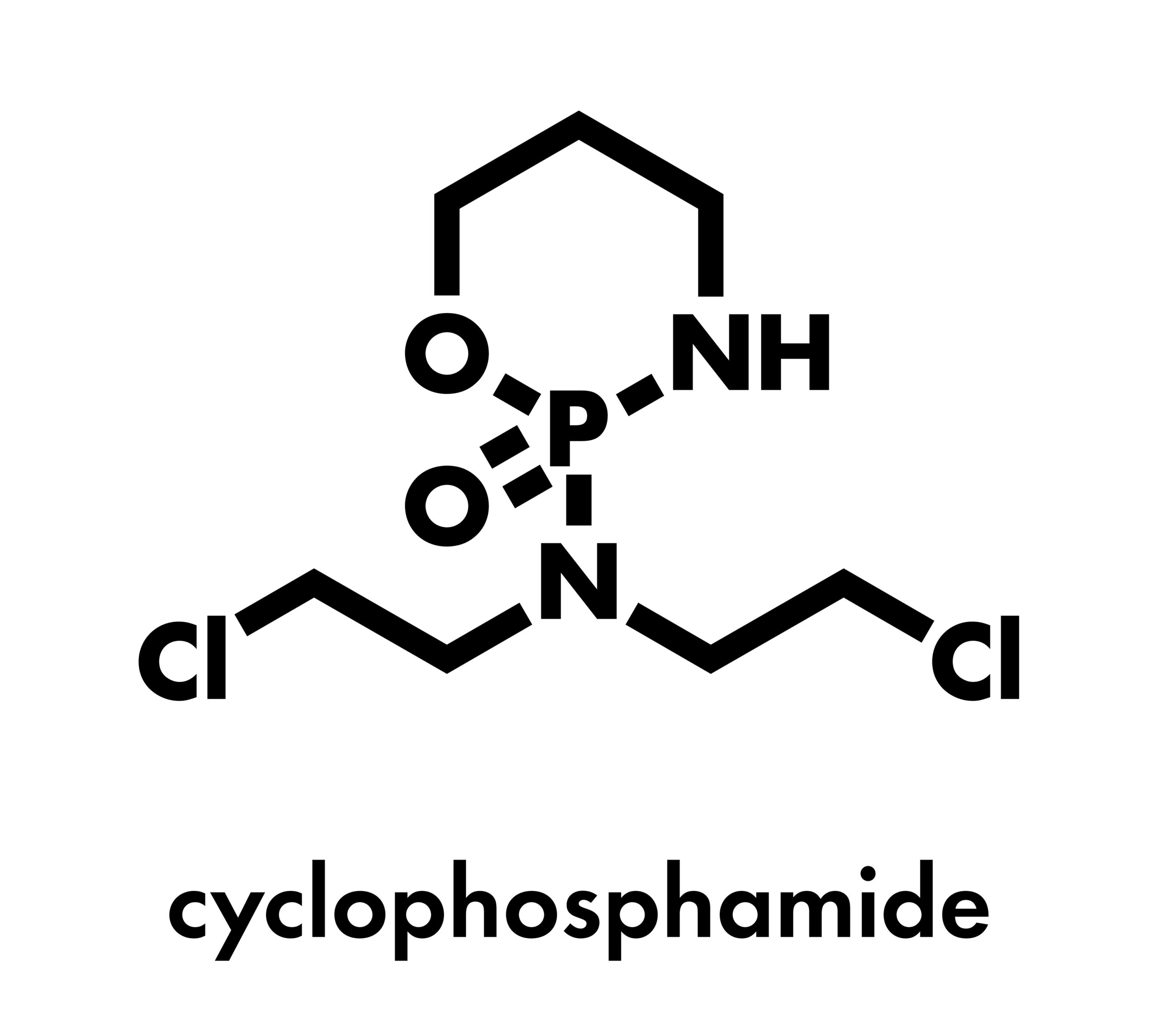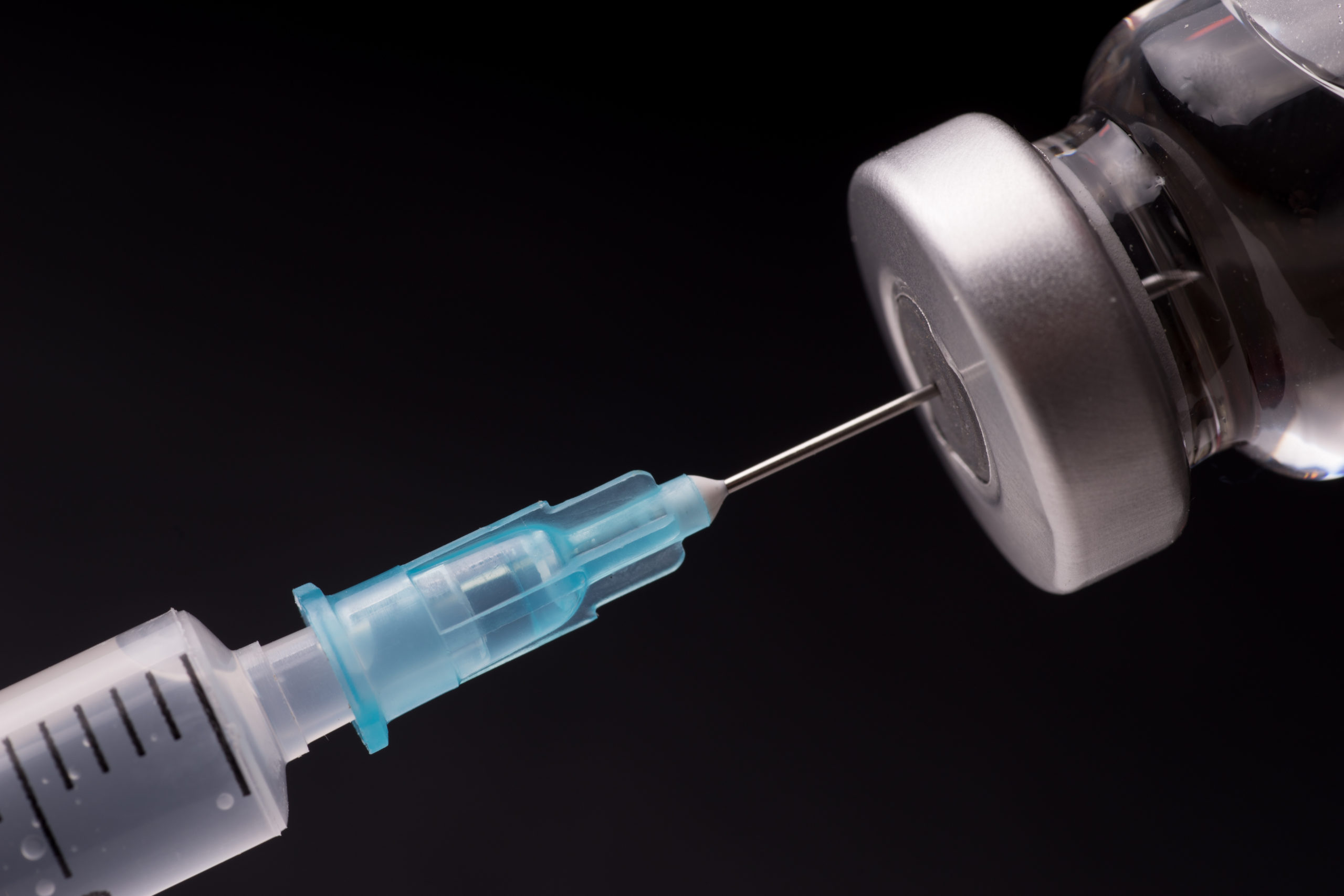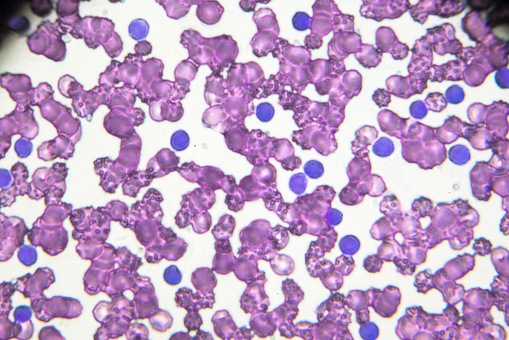
Chronic lymphocytic leukemia (CLL), a cancer of the blood and bone marrow that progresses over time, is one of the most common types of leukemia in adults in the US. As is the case with other types of cancer, targeted therapy to treat CLL (eg, chemotherapy and radiation therapy) may result in suppression of the immune system, leaving the patient immunocompromised.
The COVID-19 pandemic continues to disrupt daily life, particularly for individuals who are immunocompromised. Prior studies conducted by the European Research Initiative on CLL (ERIC) demonstrated that patients with CLL have an extremely high risk of contracting severe infections of COVID-19. Researchers also found that age, targeted therapy, and cardiac failure were identified as significant risk factors of overall survival.
Using data from the ERIC database, Andrea Visentin, MD, PhD, of the University of Padova in Italy, and colleagues investigated different manifestations, treatments, and outcomes of COVID-19 in patients with CLL, small lymphocytic lymphoma, and monoclonal B-cell lymphocytosis. They presented their findings at the 64th American Society of Hematology Annual Meeting and Exhibition.
Researchers retrospectively reviewed CLL diagnosis, COVID-19 management, medical history, and assessment of patient status from 1540 patients at 90 participating institutions. They divided the pandemic into 4 phases: January 2020 to June 2020, July 2020 to February 2021, March 2021 to December 2021, and January 2022 to May 2022.
Patients infected with COVID-19 during the third and fourth phases had a higher comorbidity burden. However, these patients were less frequently hospitalized, rarely needed to be admitted to the intensive care unit, and died due to the COVID-19 infection in a lower proportion compared with patients infected in the initial phases. Age at COVID-19 infection and the distribution of biological markers were similar in patients between phases, though patients in the latter phases suffered more frequently from arrhythmia, chronic renal disease, and other malignancies.
Management of COVID-19 changed in the latter phases of the pandemic. In the first and second phases, hydroxychloroquine, azithromycin, steroids, and anti-IL6/IL6R were more commonly used, while antiviral and monoclonal antibody treatments were more common during the third and fourth phases.
“The improvement in COVID-19 management with effective antiviral drugs, monoclonal antibodies, and the high rate of vaccination together with the change in SARS-CoV2 variants over time may have played an important role in this outcome,” the researchers concluded.
Source: Visentin A, Scarfo L, Chatzikonstantinou T, et al. Differences in clinical course and management of Sars-CoV2 infection in patients with chronic lymphocytic leukemia between the sequential pandemic phases: an Eric study. Abstract #966. Presented at the 64th ASH Annual Meeting and Exhibition; December 12, 2022; New Orleans, Louisiana.







 © 2025 Mashup Media, LLC, a Formedics Property. All Rights Reserved.
© 2025 Mashup Media, LLC, a Formedics Property. All Rights Reserved.